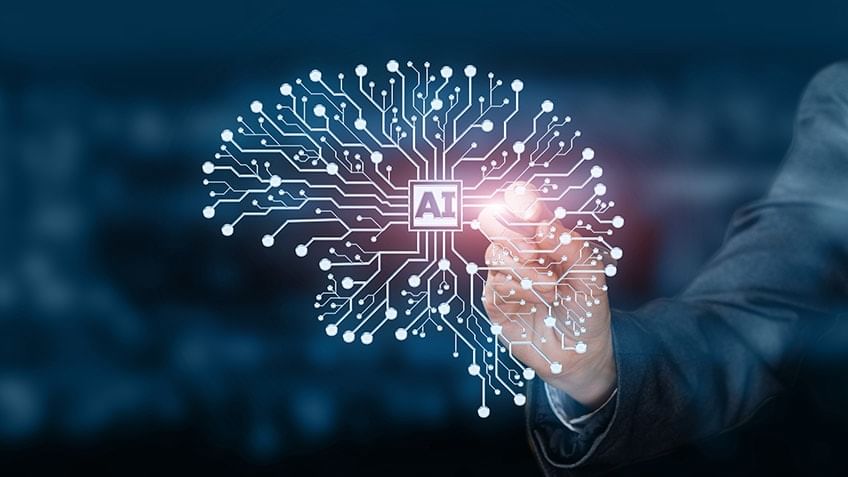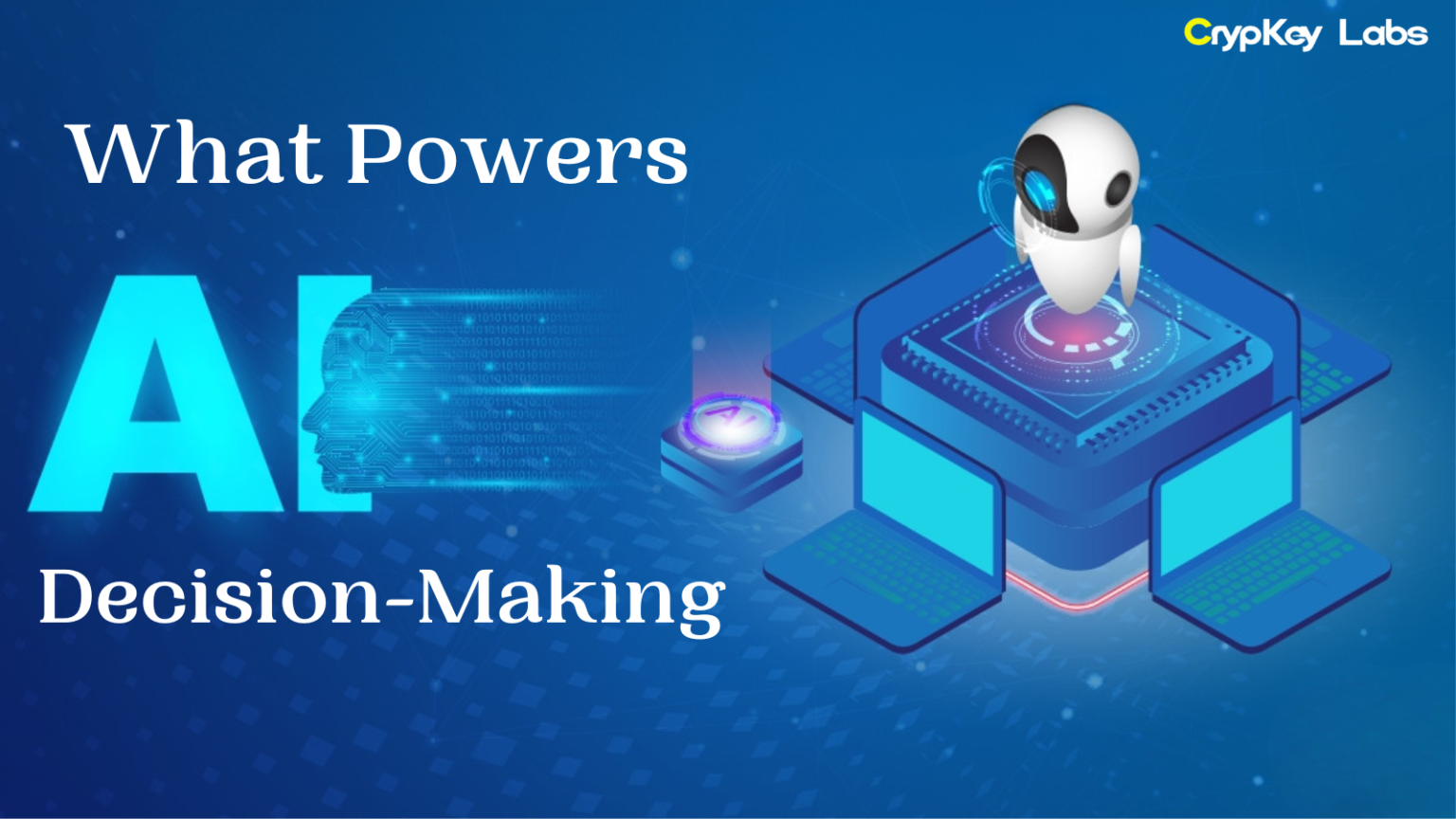Artificial Intelligence (AI) has transformed the way decisions are made in a wide range of industries. From personalized recommendations on streaming platforms to complex medical diagnoses, AI systems are powering choices that impact our daily lives. But what exactly drives AI decision-making? In this blog, we’ll explore the technologies, data, and algorithms behind AI, how they interact, and the future of decision-making driven by intelligent systems.
The Building Blocks of AI Decision-Making
AI decisions are built on a foundation of data. Data acts as the fuel that powers algorithms and models to deliver insights and predictions. Without data, AI systems are blind.
Data Collection and Quality
The quality of data directly impacts the accuracy of AI decisions. AI systems collect data from multiple sources—sensors, user input, or online databases. Ensuring this data is relevant, comprehensive, and unbiased is essential to avoiding flawed outputs.
Data Processing and Preprocessing
Raw data is rarely ready for AI to use effectively. Data preprocessing—which includes cleaning, normalizing, and organizing—makes the information usable for machine learning models. The phrase “garbage in, garbage out” aptly describes the importance of good preprocessing.
Core Technologies Behind AI Decision-Making
Several core technologies drive how AI systems learn and make decisions.
Machine Learning Algorithms
Machine learning (ML) algorithms are at the heart of AI decision-making. These algorithms detect patterns and make predictions based on input data. Popular types include:
- Decision Trees: Simple structures that model decisions based on certain conditions.
- Neural Networks: Complex models inspired by the human brain’s structure, used in deep learning.
- Support Vector Machines (SVM): Classify data points by maximizing the margin between categories.
Deep Learning and Neural Networks
Deep learning, a subset of machine learning, uses layers of neural networks to handle large datasets and complex problems. It excels in areas like image and speech recognition, where traditional algorithms struggle.
Natural Language Processing (NLP)
NLP allows AI to understand and generate human language. Chatbots, virtual assistants, and translation services rely on NLP to interpret context and meaning.
The Role of Models and Training
AI models need to be trained before they can make decisions. Training involves exposing the model to data so it can learn patterns and relationships.
Training Data vs. Test Data
Training data teaches a model to recognize patterns, while test data evaluates its performance. Both are critical for creating an accurate system.
Supervised, Unsupervised, and Reinforcement Learning
- Supervised Learning: Uses labeled data to teach the model what output to expect.
- Unsupervised Learning: Identifies patterns without predefined labels.
- Reinforcement Learning: Involves learning through trial and error, receiving rewards or penalties for actions.
Key Factors That Influence AI Decisions
Bias in Data and Algorithms
Bias in AI arises from imbalanced or prejudiced training data. For example, if a dataset lacks diversity, the AI may produce biased results. Mitigating bias ensures fairness and trustworthiness.
Model Accuracy and Precision
Balancing accuracy (correct predictions) and precision (consistency) is crucial. Overfitting—where the model performs well on training data but poorly on new data—is a common challenge.
Human Oversight and Ethical Constraints
AI is powerful, but human oversight is necessary, especially in high-stakes scenarios like healthcare and criminal justice. Ethical guidelines help prevent misuse and ensure responsible deployment.
Tools and Frameworks Powering AI Decision-Making
Developers use various tools and frameworks to build AI models:
- TensorFlow: An open-source framework for machine learning and deep learning.
- PyTorch: Known for flexibility and dynamic computation graphs.
- Scikit-learn: Offers simple and efficient tools for data mining and analysis.
These tools simplify the development of algorithms and models that can make decisions.
Real-World Applications of AI Decision-Making
AI decision-making is influencing multiple industries:
Healthcare
AI helps in diagnosing diseases, recommending treatments, and predicting patient outcomes.
Finance
Fraud detection systems use AI to analyze transaction patterns and flag suspicious activities.
Marketing
Personalized product recommendations and targeted advertising are driven by AI algorithms analyzing customer behavior.
Autonomous Vehicles
Self-driving cars rely on AI to make real-time decisions, from lane changes to emergency braking.
Challenges and Limitations in AI Decision-Making
Despite its power, AI decision-making comes with challenges:
Data Privacy and Security
AI systems require vast amounts of data, raising concerns about how that data is stored and used.
Ethical Concerns and Responsibility
Questions about accountability and fairness arise when AI systems make life-impacting decisions.
Explainability of AI Decisions (Black Box Problem)
Many AI models, particularly deep learning, act as “black boxes,” making it difficult to understand how they arrived at a decision. Explainable AI (XAI) aims to address this.
The Future of AI in Decision-Making
Emerging trends include:
- Explainable AI (XAI): Enhancing transparency and trust.
- Responsible AI: Focusing on fairness, accountability, and ethics.
AI will continue to evolve, influencing areas like personalized medicine, smart cities, and beyond.
Conclusion
AI decision-making is a complex process powered by data, algorithms, and ethical considerations. By understanding how AI works, we can harness its potential responsibly while navigating its limitations. The future promises even more powerful, transparent, and ethical AI systems to enhance decision-making across industries.







